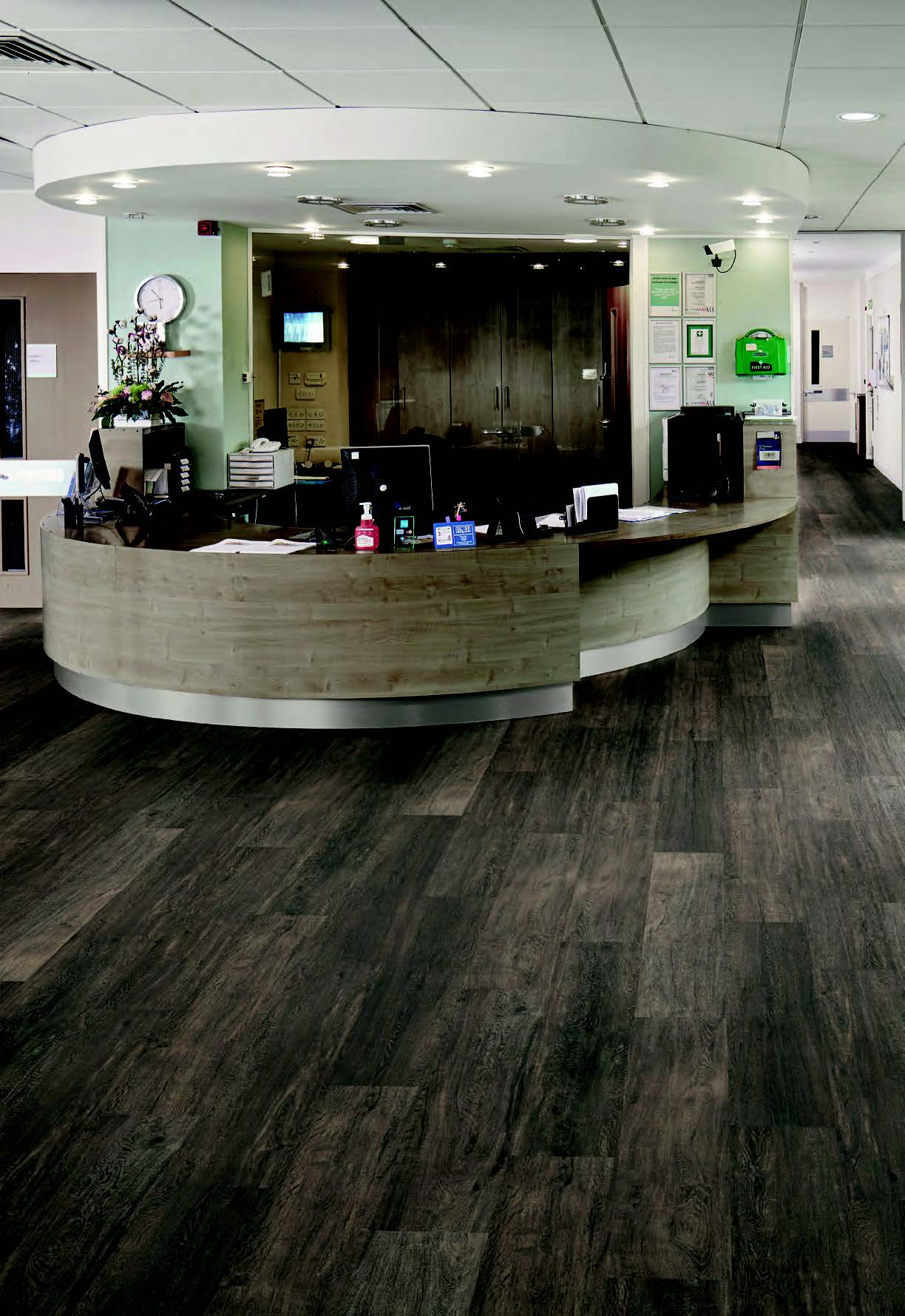
Choice of floor covering can have a major impact on the acoustic performance of healthcare buildings
Noise levels in modern hospitals are extremely high and getting higher.
According to a study by Busch-Vishniac et al, carried out in 2005, daytime levels are up, on average, by 0.38 dB, while night-time levels rise by 0.42 dB year on year.
So creating a comfortable environment is becoming more and more vital to support the safety, healing and wellbeing of all occupants.
Surface materials such as walls, ceilings and flooring, play a huge part in noise levels, often amplifying sounds. But modern materials and technologies offer hospitals the chance to reduce noise levels significantly.
Acoustics and well-being
Mark Jackson of Forbo Flooring explains: “Noise in healthcare environments is caused by factors such as constant foot traffic, alarms, machines, rolling beds or even HVAC systems – all of which can provoke annoyance responses, reduce staff performance, and at times be harmful to patients, depending on their conditions.
“Reducing noise pollution is, therefore, essential in supporting the safety, health and wellbeing of those receiving care, as well as those working within healthcare environments.”
He added: “Flooring can play a fundamental role in the acoustic design of a healthcare building, as specialist floor coverings have the ability to mitigate sound transmission from room to room. This can help to create a comfortable and peaceful environment to aid the healing process.”
Maximising performance
The Ceilings & Interior Systems Construction Association (CISCA) has recently launched a new publication, Acoustics in Healthcare Environments. This free tool can help architects, interior designers and facilities managers to maximise the acoustic environment within medical settings.
“Research suggests that using noise-reducing finishes in healthcare settings positively impacts patients’ sleep, privacy, satisfaction, and PCT stress,” it states.
Sound travels
Specialist flooring products can contribute to the acoustic performance of a building in two ways: by reducing the level of impact noise generated within a room, and reducing the noise transmitted through the floor into the spaces below.
Sound measurements and classifications
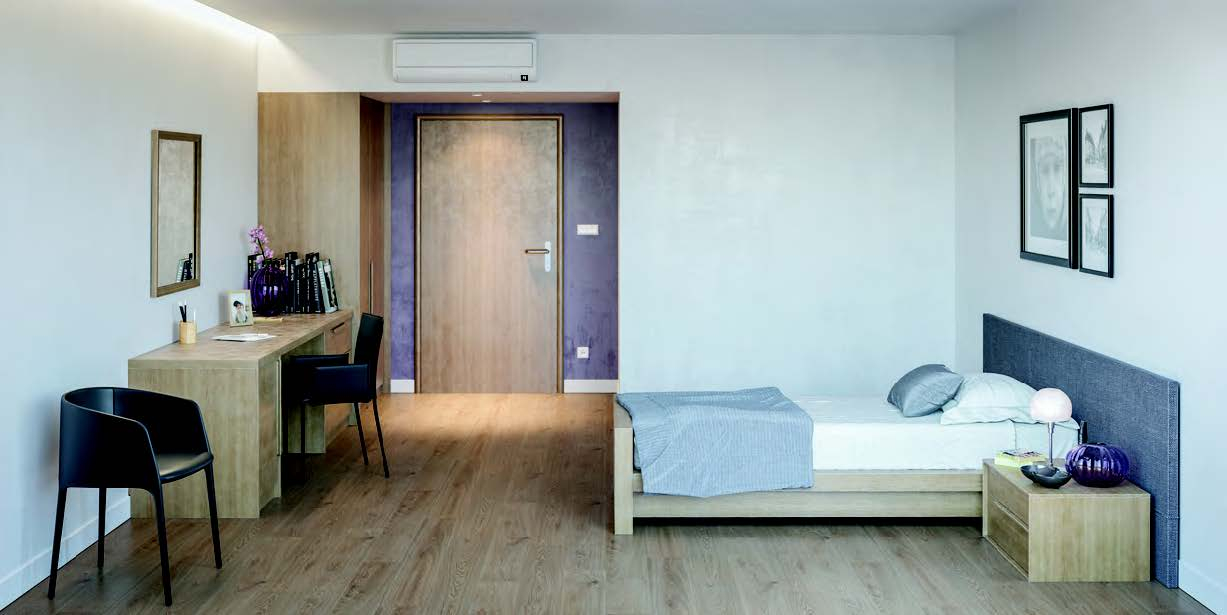
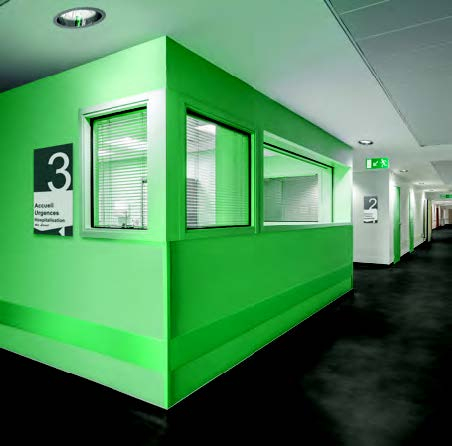
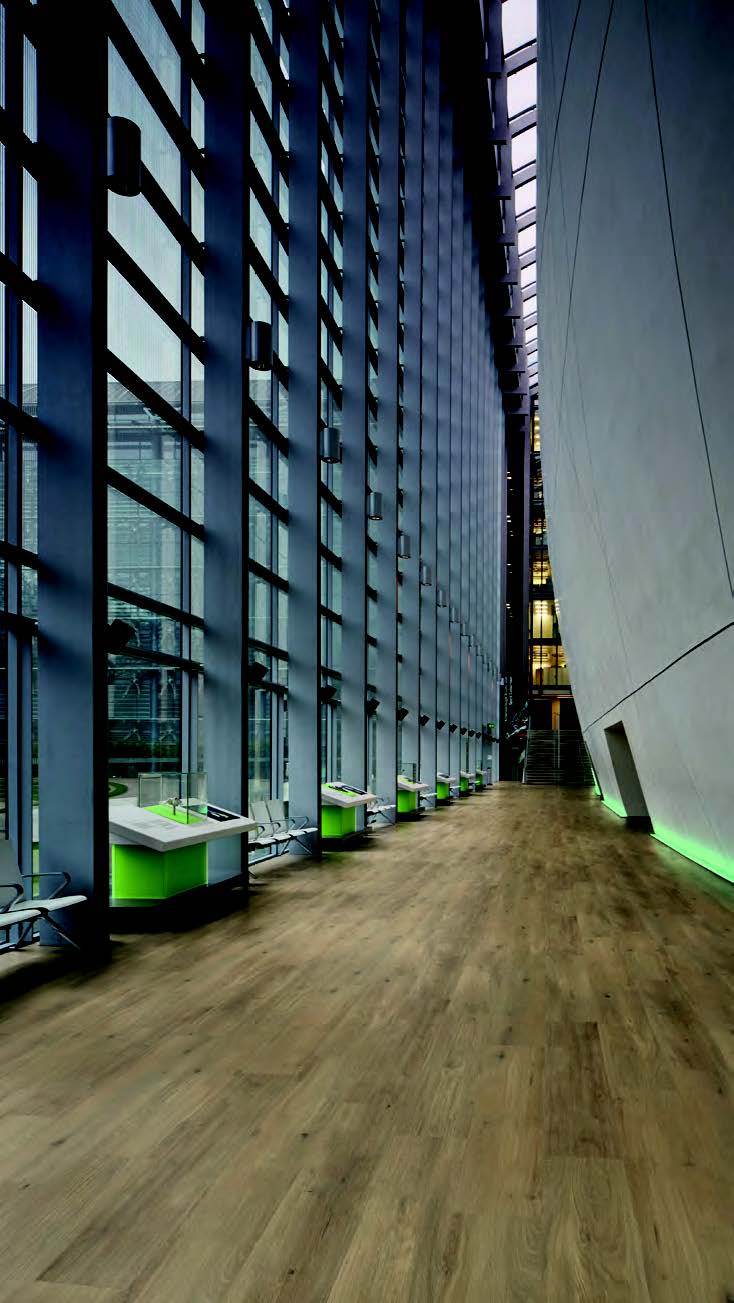
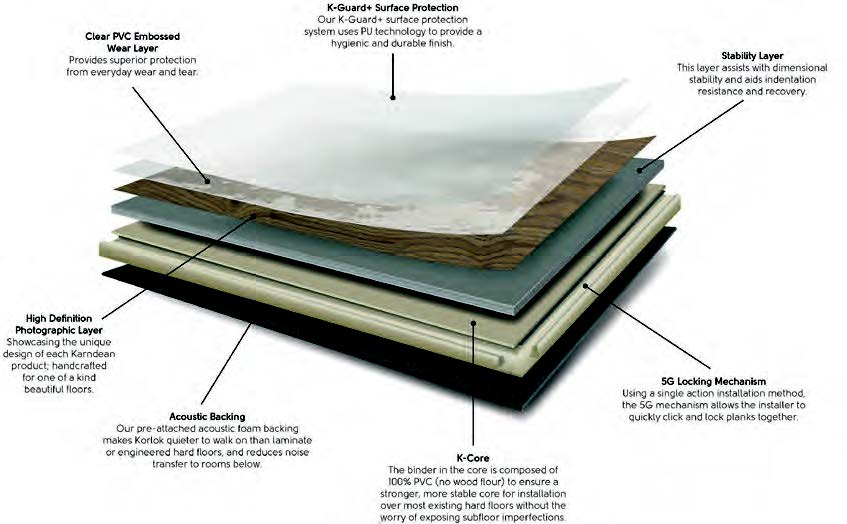
In-room impact noise for floor coverings is tested to standard NF-S 31-074, with performance classifications from A-D.
Products receiving a Class A classification offer the best performance in terms of reducing in-room impact noise. This can also help in reducing noise transmitted to adjacent spaces, from ward to ward, for example.
Impact sound reduction values are measured across a range of sound frequencies and the weighted value is quoted in decibels (dB).
The higher the decibel value of the floor covering, the better the flooring performance in reducing impact sound.
Floor coverings are now available that can reduce impact noise by up to 20dB.
“In recognition of the effect noise can have on patients and staff in a healthcare setting, manufacturers are constantly striving to develop innovative acoustic products that meet and surpass regulatory requirements,” said Jackson.